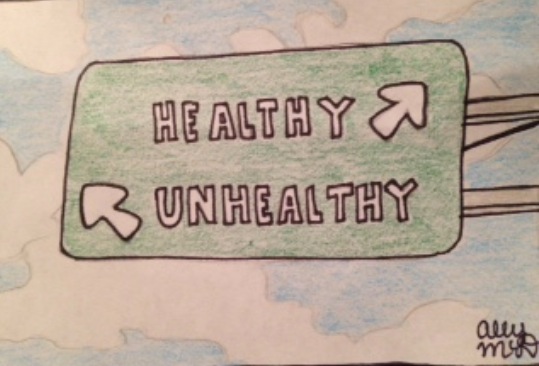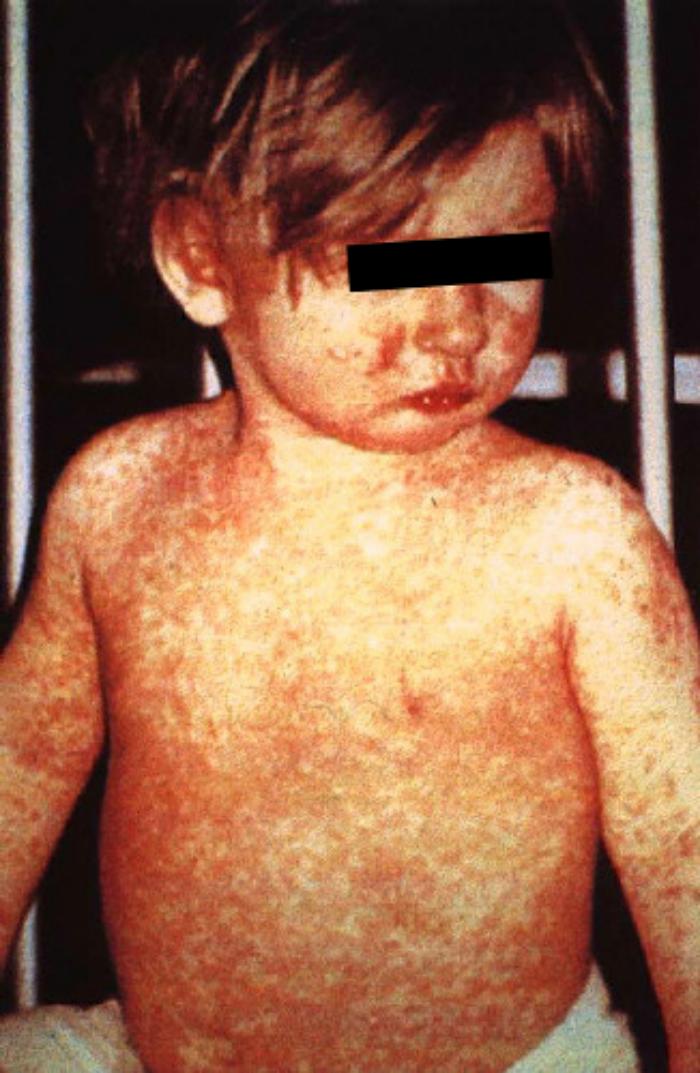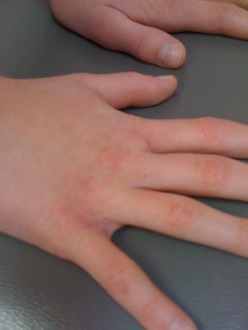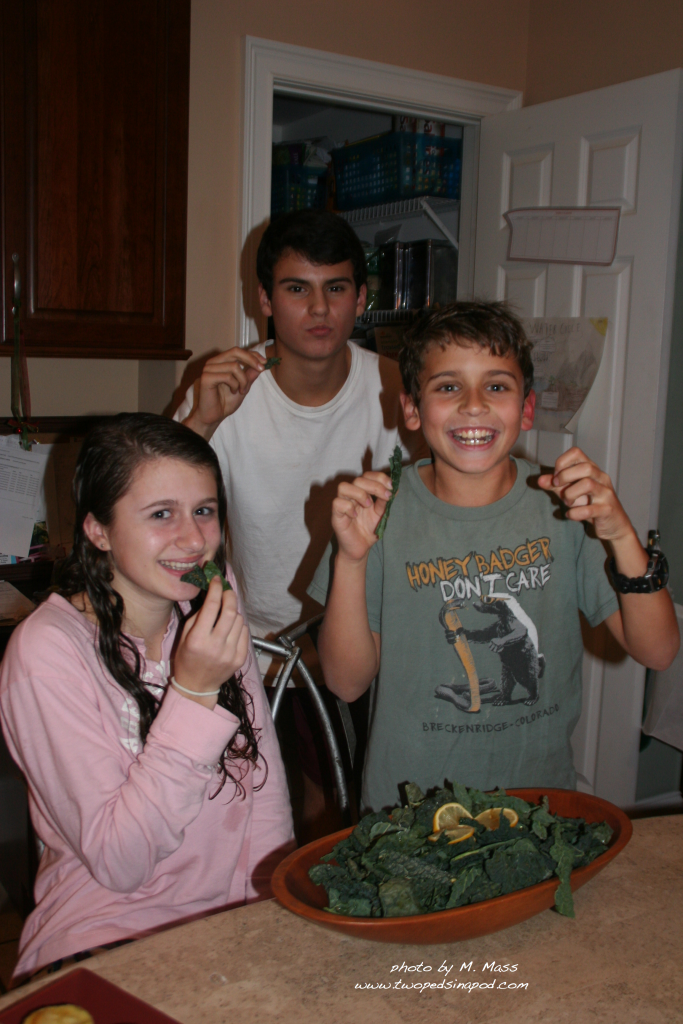
Crunching on kale
Resolved to eat more vegetables this year? Our pediatrician gardener Dr. Marion Mass shares with us the benefits of kale and how to prepare it so your kids will eat it.
Open one of those ubiquitous “Ten Superfoods” articles and kale is sure to be somewhere on the list. Are there really nutritional benefits to stuffing this leafy green into our pie holes? And can I easily grow kale myself? The answers are ‘yes’ and ‘yes,’ both emphatic!
Just one cup of cooked kale provides 100% of the US RDA of vitamin K, 70% of vitamin C, 10% of Vitamin B6, fiber, and calcium, and 7% of iron. Not much iron, you say? Au contraire, dear parent. The absorption of iron is enhanced by vitamin C, so that 7% is much more available to your child’s body. This information is especially pertinent for female teens, whose iron and calcium intake are likely to be deficient.
In addition, kale houses 45 different flavonoids, which are molecules with antioxidant and anti-inflammatory properties. One of these, a carotenoid, is selectively absorbed into the retina of the eye and protects against age-related macular problems. If that’s not enough, kale (especially when steamed) has been proven to reduce the risk of five cancers: breast, colon, ovarian, prostate and bladder.
While beloved broccoli boasts many of the same nutritional benefits, kale wins the flavonoid content by a mile. Do not misunderstand… there is virtue in all veggies. I do not advocate eating kale nightly, just making it a regular part of you and your child’s diet.
Now what if I told you that even in my home state, frosty Pennsylvania, we are still picking kale from our garden and will be for another month? Kale, especially The Red Russian variety, and the Tuscan, (also called lacinto or dinosaur kale) is one of the most winter-hardy vegetables in existence. We plant a fall crop in mid August located where we have just dug up our potatoes. (Come to think of it, I should plant a spring crop in early April as well.) We start picking the outer leaves in October. The plant keeps producing new leaves from the center. Frost comes and sweetens the flavor. Snow comes, and Kale still grows! Throw a row cover over the top, and you get an additional 4-6 weeks of harvest after the really cold weather sets in.
While easy to plant, Kale has its enemies. Aphids love it, and cabbage worms take a bite. Both can be combated by the release of beneficial insects: ladybugs, lacewings and praying mantises. Thanks to my friends at Gardeners Supply Company for carrying all three insects.
How to get your kid to eat Kale? Ah, there’s the rub. Start with that dinosaur variety. Age 3-6 is what I call ‘the modern age of dinosaurs.’ Use your child’s love of the extinct beasts to your advantage! Dinosaur kale not only looks like a plant that would live in ancient times, but the deep ribbing looks like the skin of an ankylosaurous. Tell the little darlings they will be as tough as T-Rex if they eat it. Does little Emily like salad? Why not make it with kale added in, or even as the main ingredient? Remember the anti-inflammatory proprieties of the flavonoids mentioned above? Sick that fact on your aching adolescent athlete. After suffering two different inflammation-related problems this past cross-country season, my son practically inhales the stuff.
Look at the recipes below. You might want to work up to the kale salad with beets, pepitas and golden raisins. Or just take it to a grown up potluck. Judging from the reactions from the two places I’ve taken it, it may be the best thing I’ve created in my kitchen.
For all recipes, de-stem the kale by holding the stem at its base, use your thumb and index finger to peel the dark green part away from the stem. Always thoroughly wash and salad spin dry kale before use in the following recipes.
Kale Caesar or Kale Vinagrette
1 bunch kale stemmed and torn into salad sized pieces
1 bottle Caesar dressing
juice of ½ orange or 1 lemon
croutons
parmesan
Prep as you would a regular salad. The citrus juice cuts the bitter taste of the kale. Don’t like Caesar? Dress your kale with a sweetly flavored balsamic (fig, orange or cherry is nice), lemon juice salt and olive oil.
Kale Chips, the easy kind
1 bunch of kale de-stemmed and ripped into pieces
2 tbsp olive oil
salt
Preheat oven to 300F. Massage the olive oil into the kale on a large rimmed baking sheet, sprinkle with salt. Option: add cumin, cayenne, curry, or any favorite spice! Bake for 10 minutes, stir, bake for an additional 10 until edges are turning golden.
Kale chips that have more protein, but take more effort
1 bunch of kale stemmed and torn into pieces
¾ cup garbanzo bean flour*
pinch of salt
juice of ½ lemon
¾ cup water
2 tbsp olive oil
optional add ins: pinch of cayenne, pinch of turmeric, pinch of cumin
Preheat oven to 300F. Brush a parchment lined cookie sheet with olive oil. Mix flour with salt, add spices, stir in lemon juice and water. Should be like thin pancake batter. Dip kale pieces in batter and place on cookie sheet. Bake 15 minutes, turn over with tongs, bake an additional 10-15 minutes. Kale will crisp as it cools.
Kale, bean, and sausage soup
1 cup dried beans, soaked overnight cooked until tender (cranberry or roman are my fave)
2 tbsp olive oil
2 medium onions, diced
1 tbsp minced garlic
1 lb sausage(we like Bolton’s local turkey sausage) cut into small pieces
2 bunches kale de-stemmed and chopped
1 ½ tsp dried thyme
8 cups your favorite stock
Sauté onions in olive oil until pale gold, add garlic and sauté for 1 minute, add sausage and cook until it’s edges are brown. Add kale and thyme, pour in broth and cook for 30 minutes, add beans during last 10 minutes. Salt to taste.
Kale and Quinoa Salad with Beets and Pepitas
2 bunches kale, de-stemmed and cut into ribbon thin pieces
¾ cup quinoa, cooked as per package directions (red looks best and has best taste)
5 medium beets, cooked until fork tender and cut into ½ inch cubes
juice of 1 lemon
2 cloves minced garlic
½ cup crumbled cheese (your choice, blue, goat or queso fresco)
¾ cup pumpkin seeds (pepitas), toast them in pan, they taste better
salt
¼ cup olive oil
Mix first 5 ingredients, toss in rest just before serving. I make this from leftover quinoa and beets that I have cooked the night before. Less work!
Marion Mass MD, FAAP
©2015 Two Peds in a Pod®
In practice for 17 years, Marion Mass MD, FAAP graduated from Penn State and Duke University Medical School. She completed her pediatric residency at Northwestern University’s Children’s Memorial Hospital in Chicago. Currently Dr. Mass works at Jellinek Pediatrics in Doylestown, PA and serves on the Wellness Council of the Central Bucks School District, PA. Produce from her kids’ garden garnishes the plates of many local families as well as the plates of the restaurant Puck. All garden profits benefit Relay for Life. � When she is not in her home garden, you can find her also tending to her son’s middle school garden.
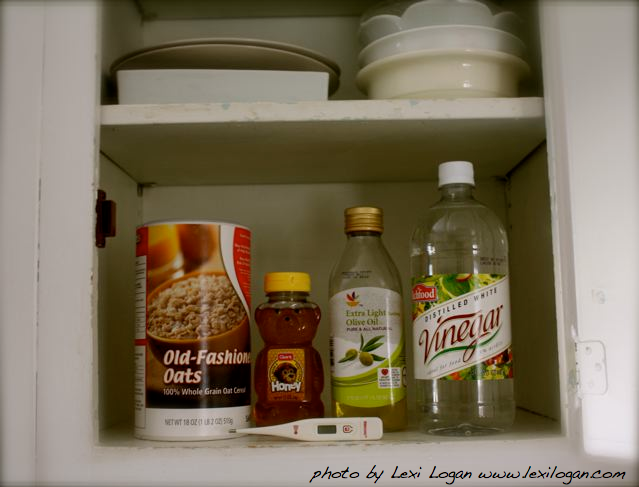
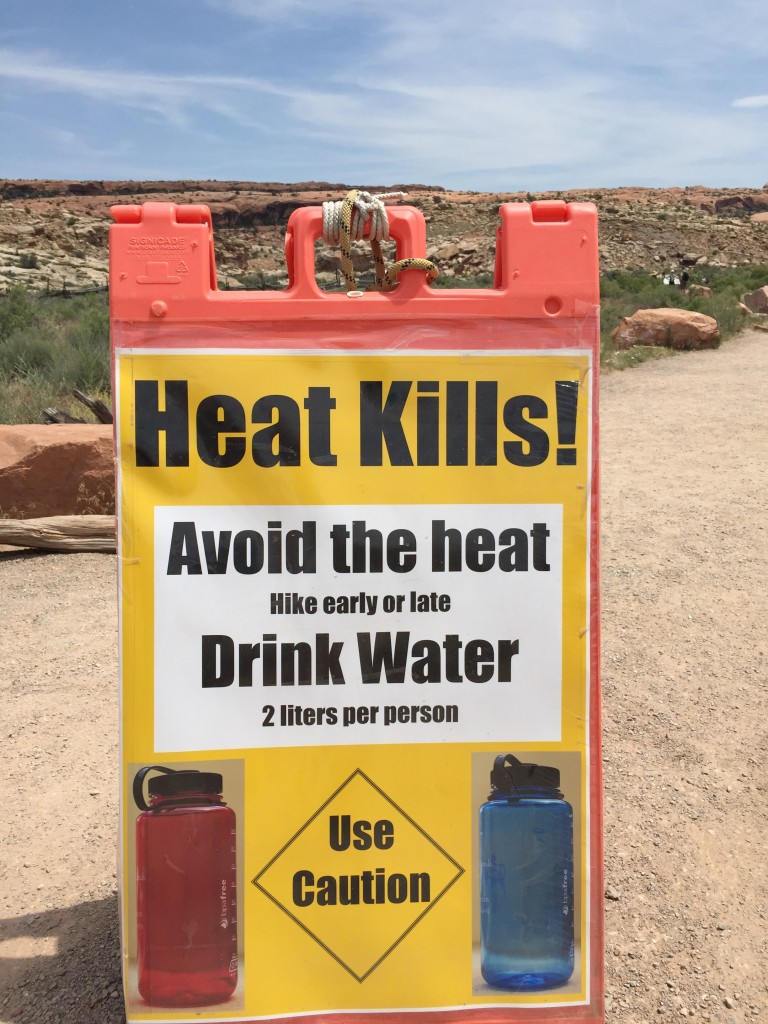
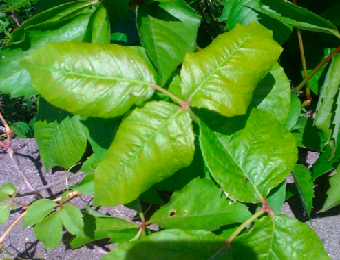 Recently we’ve had a parade of itchy children troop through our office. The culprit: poison ivy.
Recently we’ve had a parade of itchy children troop through our office. The culprit: poison ivy.